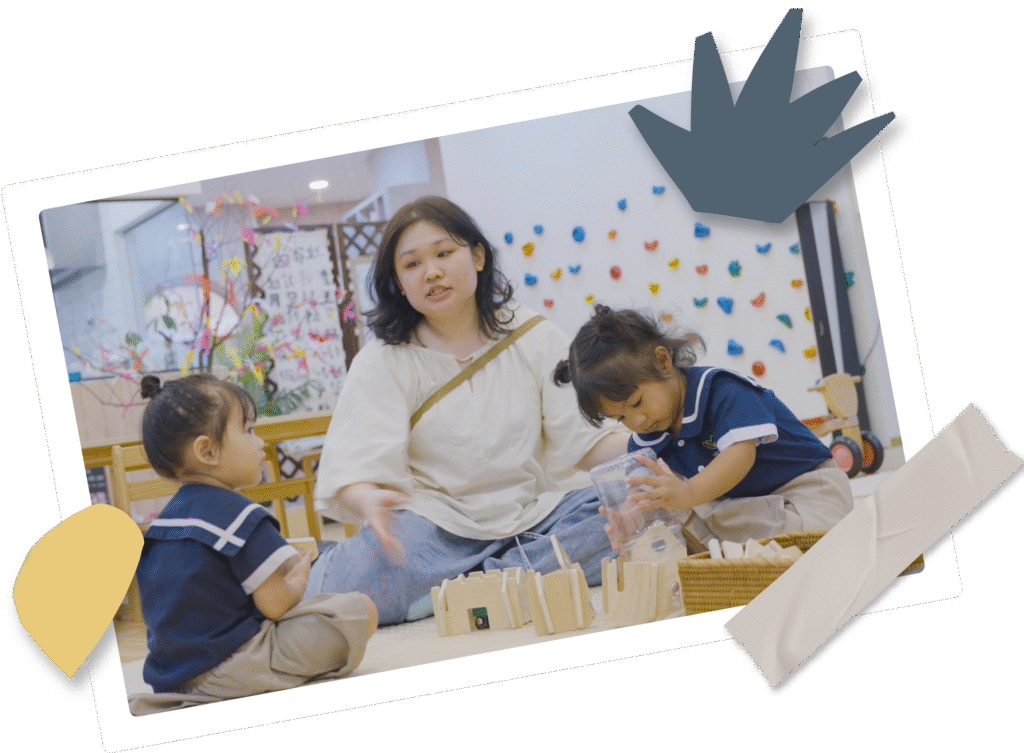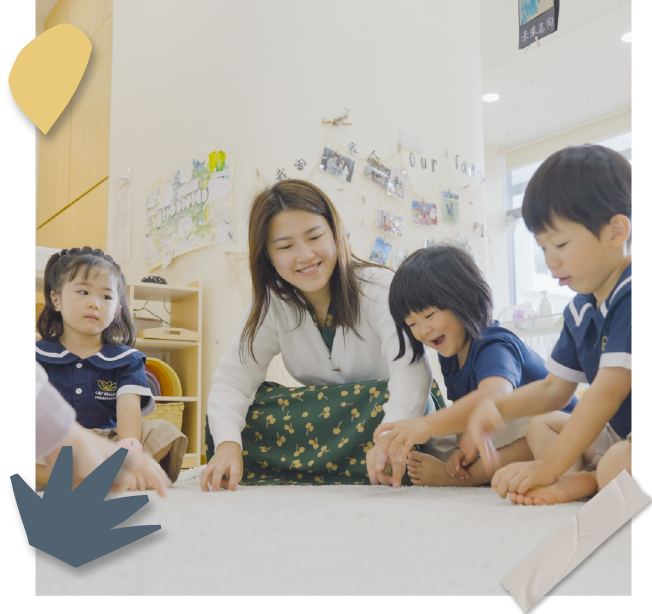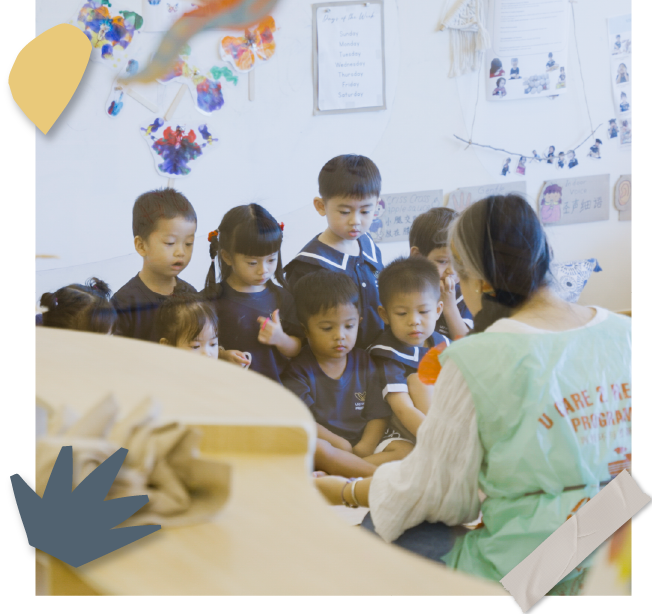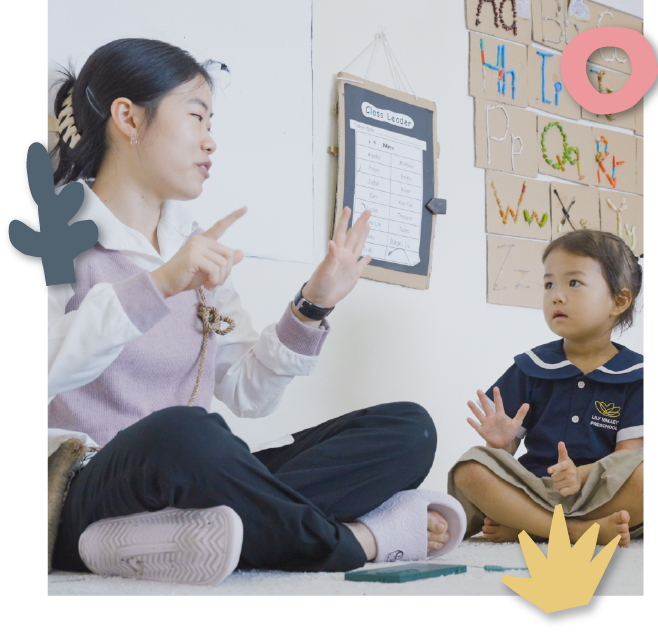
Teacher-child ratios in Singapore preschools: why they matter and what’s best
Play-Based Approach
Last updated on 24 June 2024

Play-Based Approach
Last updated on 24 June 2024
Teacher-child ratios in Singapore preschools: why they matter and what’s best
Play-Based Approach
Last updated on 1 July 2024

When choosing a preschool for your child, there’s a lot to consider – from the curriculum and environment to the way teachers interact with children. One important factor that’s sometimes overlooked is the teacher-child ratio.
This is something that can speak volumes about what your child can expect in a preschool. It can indicate the attention, care, and overall support they can provide for your little learner.

The teacher-child ratio is the number of children every educator is responsible for during class time in a preschool.
So, if you have a teacher-child ratio of 1:10, each teacher is responsible for 10 children. If it’s 1:5, each teacher handles 5 children.
Generally, a lower ratio is better because it means a teacher has to oversee fewer children. This allows the teacher to provide more individualised care and time for each child.


The teacher-child ratio in Singapore preschools is regulated by ECDA, or the Early Childhood Development Agency. Here are they minimum ratios specified by the agency:
These guidelines apply to centres with Class B and C licences, and many preschools aim for even lower ratios in practice.
At Lily Valley Preschool, for example, we maintain one of the lowest teacher-child ratios in Singapore. This allows us to offer a more personalised experience and tailored support for each little learner enrolled with us.
This isn’t just about numbers. At Lily Valley, it reflects a core belief that every child deserves to be seen and heard. Having lower ratios helps us build stronger relationships and nurture every child’s individual growth, and aligns with our preschool’s dedication to ensuring that each child is seen, heard, and supported in their learning.

Imagine a preschool classroom with twenty children. One child needs help with a puzzle, but with so many learners, it’s easy for a teacher to miss that moment of need.
But in a smaller group size, the teacher would notice the child’s needs more quickly, and is there to offer support when it matters most.
That’s the power of smaller teacher-child ratios. They create an environment where each child gets more attention, more interaction, and more meaningful learning experiences.
Some key benefits include:


Every child is different, so what works for one may not be ideal for another.
That’s why there’s no single “best” teacher-child ratio. The right fit depends on your child’s learning style, temperament, and how they respond to different teaching environments. Some suit larger and more lively settings while others do better quieter and more focused spaces with more intimate interactions.
Here are a few things to consider as you evaluate options:
Don’t forget to look into the preschool’s staff training or experience as well. A preschool with a 1:15 teacher-child ratio can outdo a 1:10 preschool simply by having better-trained staff.
That’s why it’s so important to visit schools, observe classes, and ask questions before making a decision.
While that teacher-child ratios are important, they’re just part of the picture when you’re choosing preschools.
Take time to explore each centre’s environment, teaching approach, and culture. Most preschools are more than happy to answer your questions or let you tour their facilities.
If you’d like to see how things work at Lily Valley, we’d love to show you around. Schedule a school tour and get to know our educators, see our classrooms in action, and find out how we nurture every child’s growth.